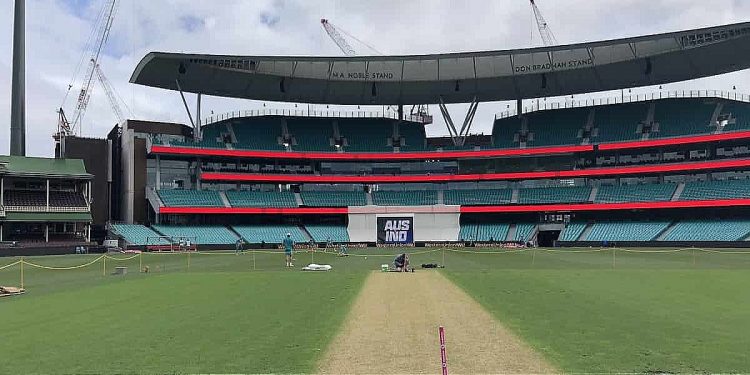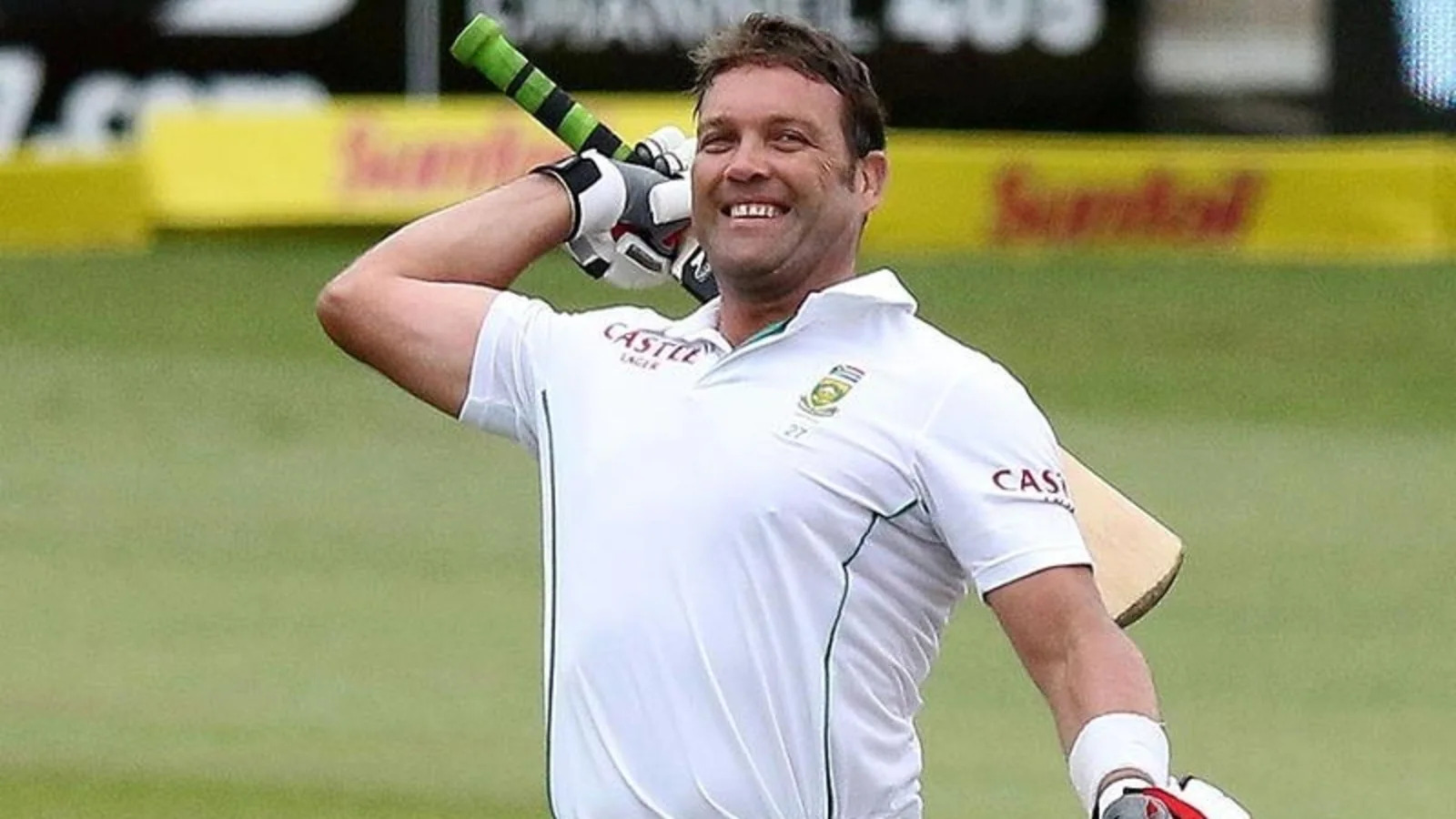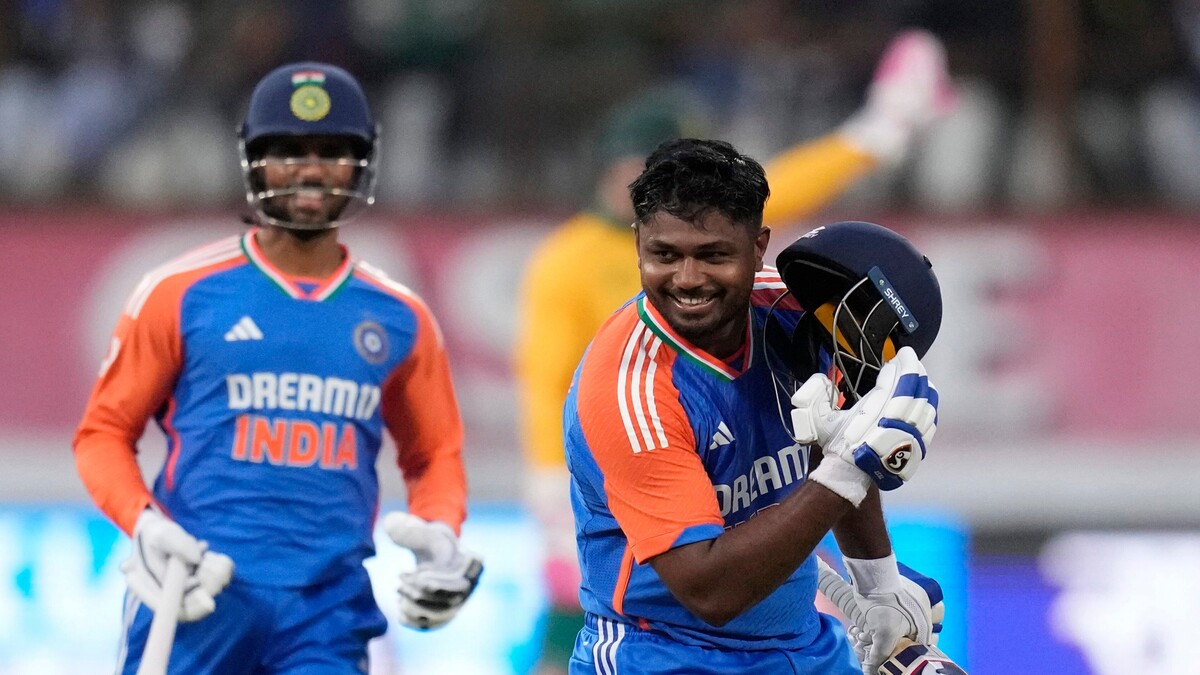Australia and Pakistan‘s third and final Test match at the Sydney Cricket Ground (SCG) on January 3 might be the venue’s last chance to overcome its infamous surface troubles. The curator of the SCG, Adam Lewis, seems certain that they won’t repeat the last pitch disaster. Lewis took the criticism seriously. He had been criticized for the nerve-racking pitch in the late-November Marsh Sheffield Shield match between Tasmania and New South Wales, which saw a rush of wickets fall in just 63 overs.
Former Test captain and captain of Tasmania, Tim Paine, called the pitch “embarrassing.”. Adam Lewis is intent on making up for the error in order to guarantee a more level playing field for the next Test match, even if he has already received plaudits for his pitch in the previous Shield game.
Adam Lewis attempts to remove the mist left over from the previous pitch disaster while acknowledging the criticism.
“We were unable to replenish the wicket with adequate water due to the short turnaround time following the women’s doubleheader. We invest a great deal of time and energy into our work; therefore, we take criticism seriously. Our goal is to create a product that benefits both the bowler and the hitter. It hurts when it’s taken away from us. Hopefully, the scenario won’t arise. Adam Lewis stated, “We took what we learned from it and we know what to do differently the next time,” as cited by cricket.com.au.
Weather can seriously harm SCG’s chances of recovery.
Unpredictable storms continue to threaten the next New Year’s Test against Pakistan at the Sydney Cricket Ground (SCG), making Lewis and his squad on edge. There’s a chance of further rain in the forecast, which makes bad weather a serious danger to spin-friendly conditions.
The SCG, which was formerly hailed as Australia’s premier spin test ground, has declined and is currently regarded as the least favorable by statistics. Spinners have recorded 54 dismissals at an average of 44.02 and an 85.6 strike rate in the previous five Sydney Test matches. In contrast, only the Gabba has a comparable pattern, with spinners finding it difficult to average above 32 and claim a wicket every 70 balls, which is consistent with the SCG’s recent difficulties creating an environment that is favorable for spin bowling.
































